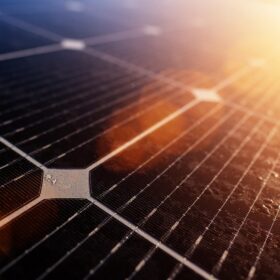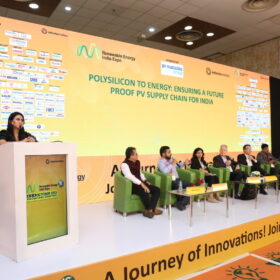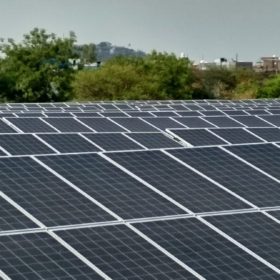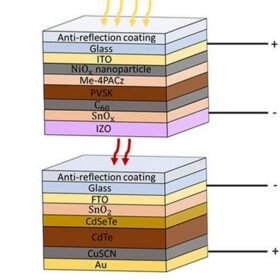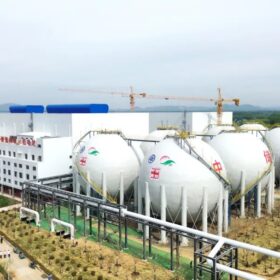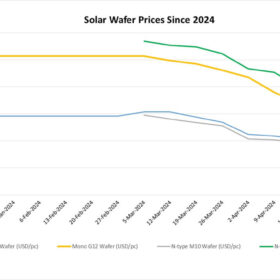Global solar and wind generation will soon pass nuclear, hydro
In a new monthly column for pv magazine, the International Solar Energy Society (ISES) explains how solar and wind are dominating power plant construction.
IEA-PVPS launches action group on agrivoltaics
IEA-PVPS is poised to launch a new format for expert engagement. It will include an action group on agrovoltaics, as well as a collaborative effort to match agriculture and solar generation. It aims to unlock the potential of agrivoltaics, optimize land use efficiency, enhance agricultural resilience to climate change, and foster social consensus for solar development.
The U.S. multi-pronged approach to onshoring solar manufacturing
The U.S. aims for a domestic solar supply chain, but the industry’s capacity to serve the early stages in solar manufacturing are minimal. Will its recent industrial policy efforts make a difference?
Novel hydrophobic, antireflective coating for solar glass
Slovakian scientists have developed a novel hydrophobic, antireflective coating for solar glass with a silica-titania thin film as the bottom layer and an inorganic-organic upper layer made of silica modified with triethoxy(octyl)silane. This new coating increases glass transmittance by 7% compared to uncoated glass.
Competition, oversupply to reduce n-type solar module prices
Global solar demand will continue to grow in 2024, with module demand likely to reach 492 GW to 538 GW. Amy Fang, a senior analyst at InfoLink, looks at module demand and supply chain inventories in a market still affected by oversupply.
Oriano secures EPC order for 75 MWp solar power plant
Oriano Clean Energy has received the engineering, procurement and construction (EPC) contract for a 50 MW AC/ 75 MWp solar power plant. The plant commissioning period is seven months.
U.S. scientists demonstrate 25%-efficient perovskite-cadmium tandem solar cell
The researchers say the cell has a top perovskite cell with a transparent back contact made of indium zinc oxide and a commercially established cadmium telluride bottom device. They claim the champion tandem cell has the potential to reach a 30% efficiency.
World’s largest compressed air energy storage project comes online in China
Zhongchu Guoneng Technology Co., Ltd. (ZCGN) has switched on the world’s largest compressed air energy storage project in China. The $207.8 million energy storage power station has a capacity of 300 MW/1,800 MWh and uses an underground salt cave.
Solar wafer prices decline, sparking concerns over producer survival prospects
In a new weekly update for pv magazine, OPIS, a Dow Jones company, provides a quick look at the main price trends in the global PV industry.
The rise of solar co-ops: Collective action for installation advancement
Ishan Chaturvedi, director and co-founder at Vareyn Solar , talks about harnessing solar power with solar cooperatives in India.


